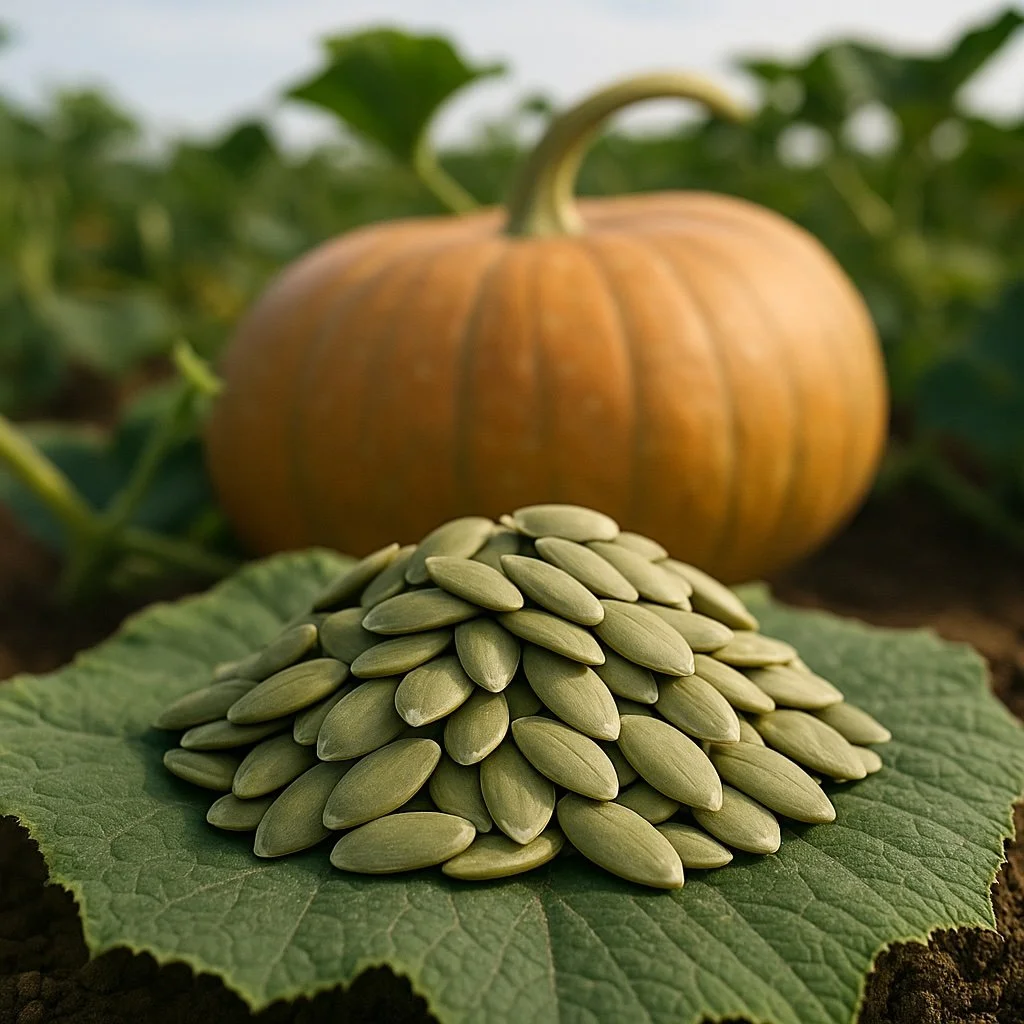Peanut Market Outlook: February 2024 Comprehensive Analysis
Overview Summary
February 2024 brings a pivotal moment for the peanut industry globally, with significant tightening in the European market and all eyes on the upcoming Argentine crop. The industry faces logistical challenges, notably increased freight rates affecting shipments from Asia. In the United States, market conditions remain stable with expectations of continued firmness. The interplay of agricultural commodity prices will play a critical role in the upcoming planting decisions for peanuts. Regional developments offer a mixed bag of prospects, with Argentina showing promise, Brazil presenting a varied picture, and India grappling with export and crop challenges.
Key Market Forces
European Demand and Supply: A notable tightening in the European spot market raises questions about pending demand and price trajectories in the lead-up to the Argentine crop's arrival.
Logistical Hurdles: The Red Sea's navigational issues have led to a spike in freight rates, particularly impacting goods from China and India, and challenging their market positions.
US Market Stability: Firm conditions prevail within the US peanut market, with specific segments facing supply constraints. Price steadiness is anticipated to persist.
Influential Crop Prices: The forthcoming planting season's decisions will likely hinge on the prevailing prices of corn and cotton, affecting peanut cultivation choices.
Regional Insights
Argentina
Agricultural Prospects: The Argentine peanut crop benefits from favorable starting conditions and governmental support, mitigating concerns over potential export taxes. Weather conditions remain a critical watchpoint for the latter stages of the crop cycle.
Market Dynamics: The 2023 selling season shows slowed activity, with attention now turning to the 2024 crop's market positioning amidst ongoing tax discussions.
Brazil
Crop Conditions: Brazil's peanut crop shows variability, with early plantings underperforming and late plantings faring better. The overall impact on production volumes and quality is yet to be fully determined.
Export Performance: December 2023 exports highlight Brazil's significant role in the peanut oil and peanut markets, with notable shipments across various destinations.
China
Economic and Market Challenges: The Chinese peanut market faces continued weakness, with the upcoming New Year's impact on crop plantings and market dynamics being closely monitored.
Trade Impacts: Freight issues compound export difficulties, with December showing a nuanced picture of imports and exports across peanut and peanut oil categories.
India
Cultivation Concerns: Early indications suggest a contraction in the Rabi sowing area, potentially impacting future peanut supply.
Export Headwinds: Diminished demand from key markets poses challenges for India's export prospects and domestic agricultural strategies.
United States
Crop Forecasts: USDA estimates present a nuanced view of the crop size and quality, with market activities reflecting tightness in specific categories.
Export Trends: The US has seen a robust performance in exports, particularly to European destinations, amidst varying results in other markets.
Conclusion
As the peanut industry navigates through February 2024, market tightness in Europe, logistical challenges, and strategic crop planting decisions are at the forefront. Regional developments offer both opportunities and hurdles, with each key producing area facing its unique set of circumstances. The coming months will be crucial in shaping the industry's direction for the year ahead.










